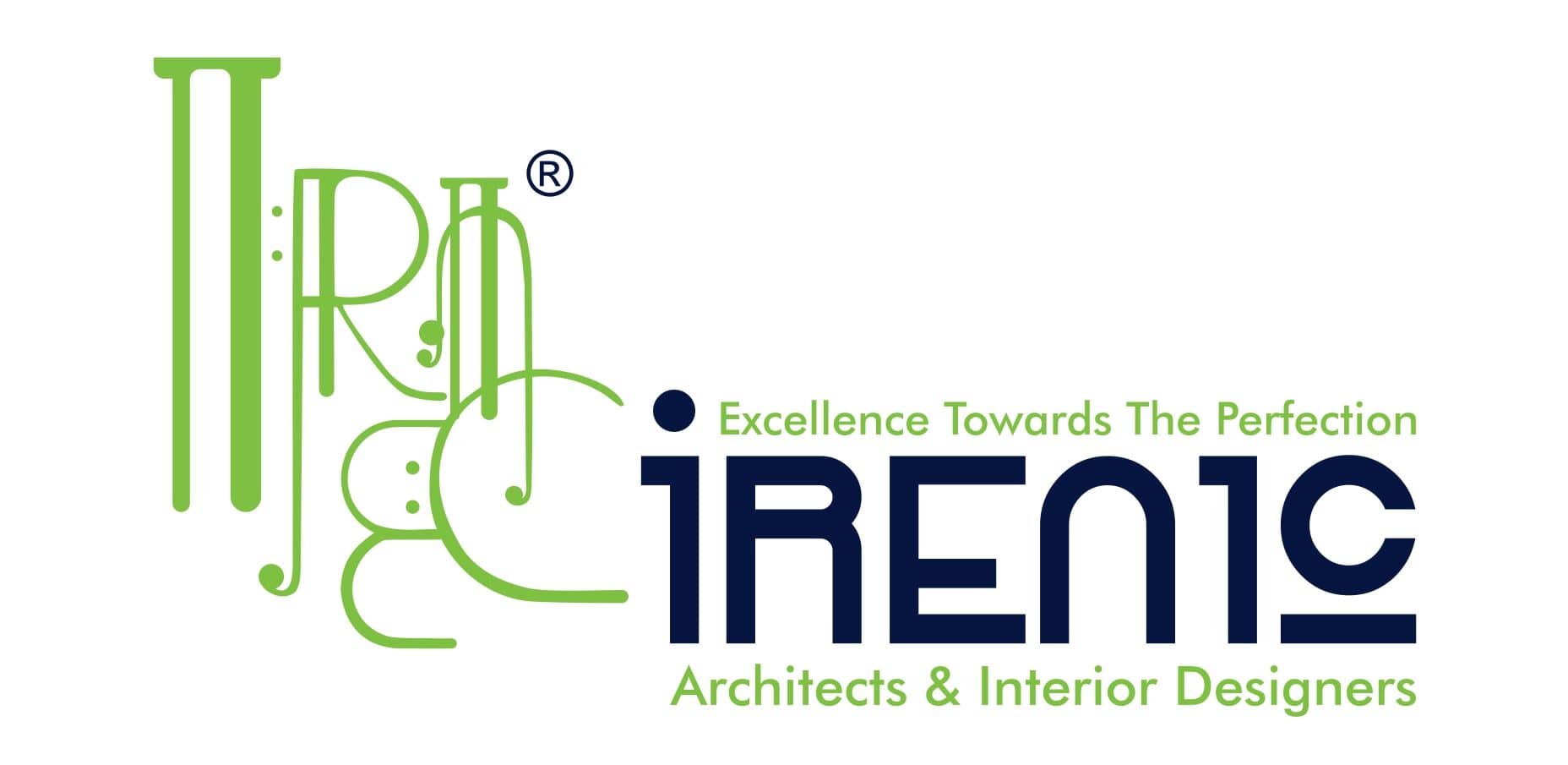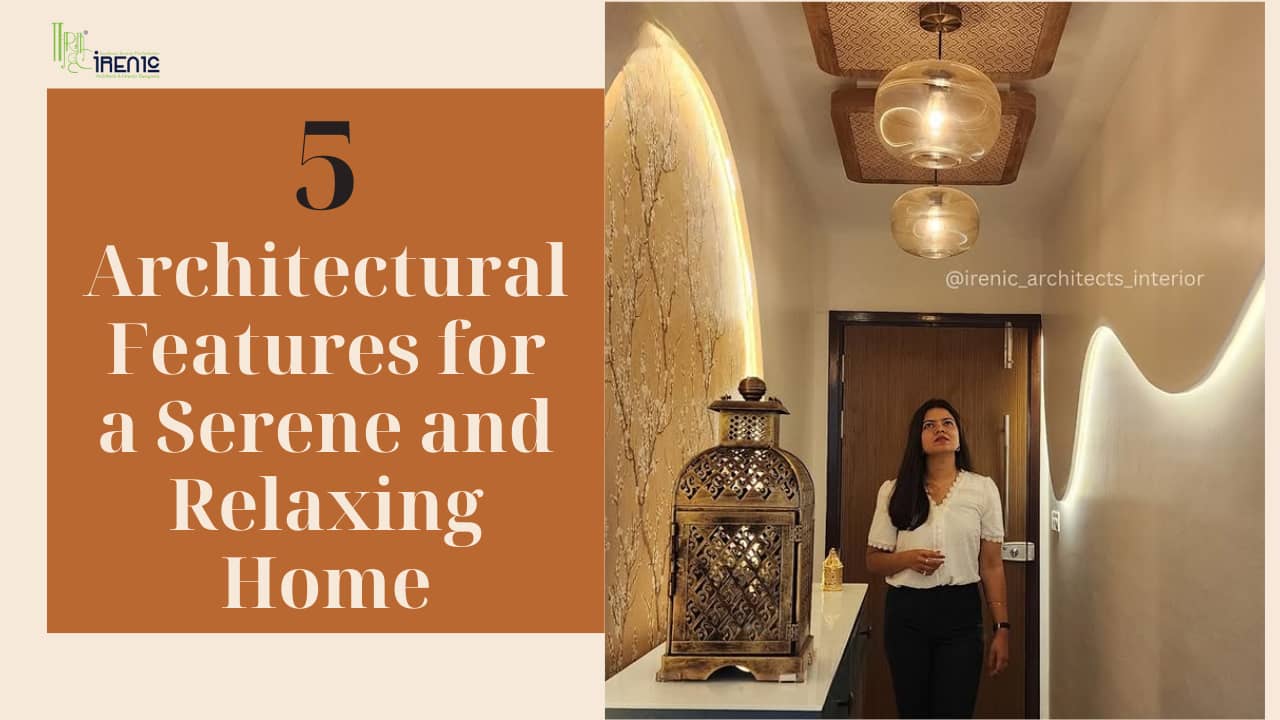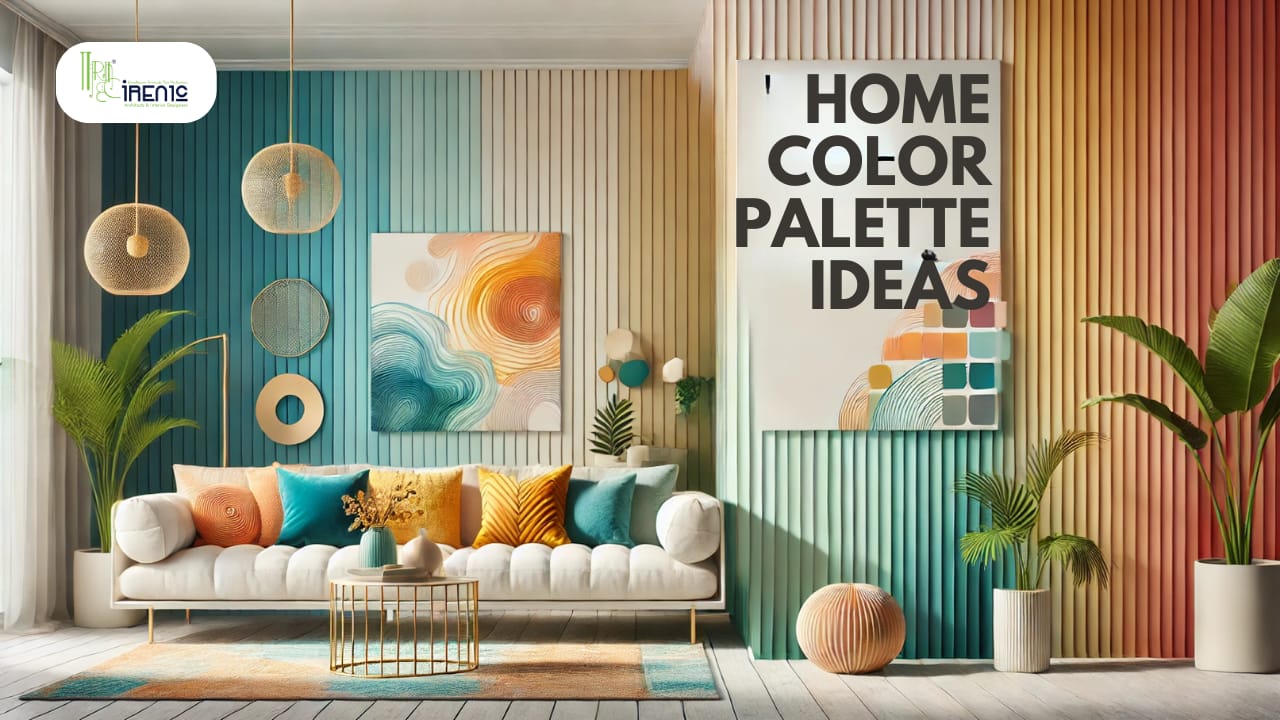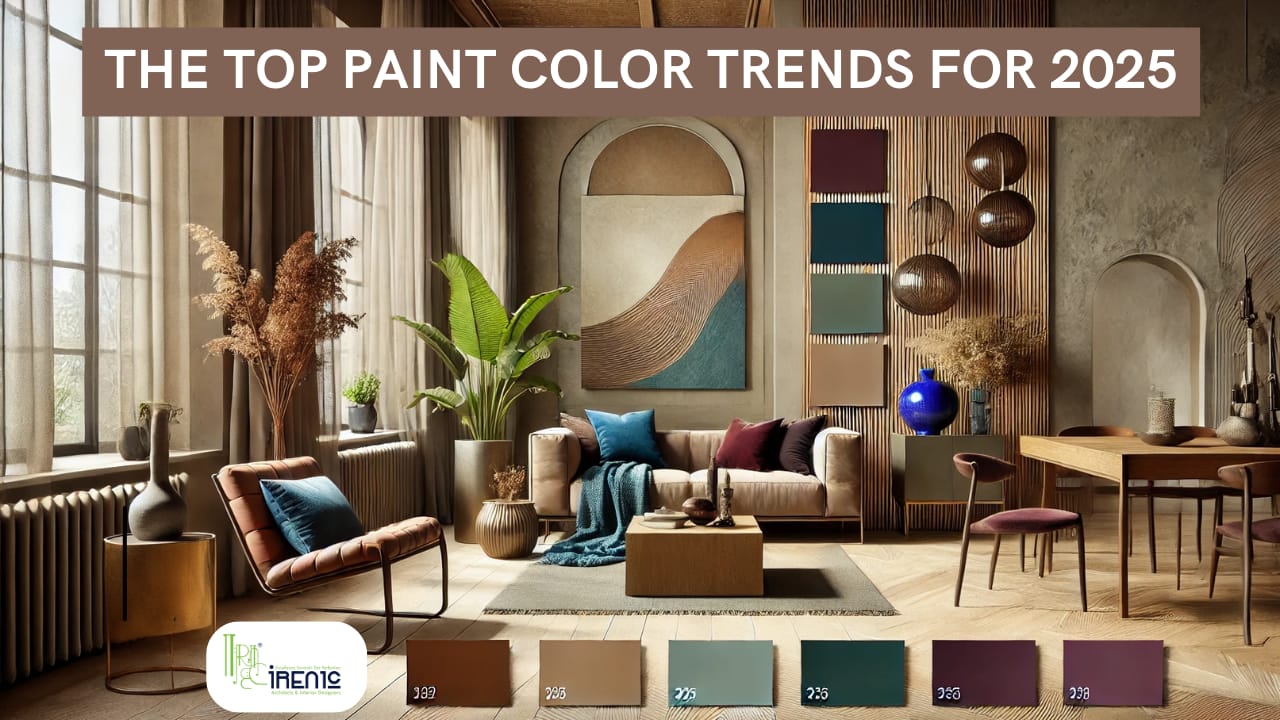5 Architectural Features for a Serene and Relaxing Home- In a world filled with chaos and noise, your home should serve as a peaceful retreat—a space that allows you to unwind and recharge. The way your home is designed plays a pivotal role in fostering tranquility. With the expertise of an irenic architect and interior designer, you can seamlessly incorporate serene architectural elements that transform your home into a sanctuary. From soft arches to open spaces, these design features promote mental well-being, emotional balance, and relaxation.
If you’re looking to design or redesign your space to feel like a sanctuary, here are five architectural features that can instantly add serenity to your home.
1. Curved Walls: Softening the Space

Straight lines and sharp angles often create a rigid, stark look that can feel uninviting. Enter curved walls, which soften the atmosphere and bring a natural flow to any room. By removing hard edges, curved walls promote a sense of relaxation and ease. They add an artistic and organic touch to your interiors, creating spaces that feel harmonious and serene.
Why Curved Walls Enhance Serenity
- Visual Softness: Rounded walls eliminate harsh corners, resulting in an inviting and fluid aesthetic.
- Natural Flow: Inspired by organic shapes found in nature, curves feel less structured and more calming.
- Timeless Appeal: Whether subtle or dramatic, curved walls add sophistication to any home.
Practical Applications
- Use curved walls in hallways or transitional spaces to create smooth, flowing lines.
- Incorporate curves in living rooms to create a cozy, enveloping feel.
- Accentuate curved walls with soft lighting to highlight their elegance.
Curved walls not only create visual interest but also contribute to the calmness of a space by softening its overall feel.
2. Indoor Gardens: Bringing Nature Inside

Few things evoke peace as much as nature. Indoor gardens allow you to bring greenery into your home, offering both aesthetic beauty and mental health benefits. Research has shown that surrounding yourself with plants can reduce stress, improve air quality, and boost overall well-being.
Benefits of Indoor Gardens
- Improved Air Quality: Plants act as natural air purifiers, filtering out toxins and increasing oxygen levels.
- Natural Aesthetics: Greenery enhances the look of any space, creating a refreshing and serene atmosphere.
- Stress Relief: The presence of plants and the act of tending to them can significantly reduce anxiety.
Ideas for Incorporating Indoor Gardens
- Install a vertical garden on a blank wall to maximize greenery without taking up floor space.
- Create a miniature Zen garden in your living room for a calming focal point.
- Add planters with cascading greenery near windows or staircases for a natural touch.
Plants like ferns, pothos, and snake plants are low-maintenance options that thrive indoors while adding vibrancy to your home.
3. Soft Arches: Timeless Elegance and Calm

Arches are a classic design feature that has stood the test of time, and for good reason. The smooth, rounded lines of soft arches evoke feelings of balance and calm, making them ideal for creating serene spaces. Whether used in doorways, windows, or as decorative elements, arches add a sense of sophistication while reducing visual harshness.
Why Arches Create Serenity
- Balanced Design: Arches provide symmetry and proportion, creating spaces that feel grounded and harmonious.
- Inviting Transitions: Arched doorways and openings create smooth, natural transitions between rooms.
- Enhanced Lighting: Arched windows allow soft, diffused light to filter through, adding warmth and coziness.
How to Incorporate Arches in Your Home
- Add arched doorways to connect rooms in a more inviting way.
- Opt for arched windows to frame outdoor views and create a connection to nature.
- Use architectural arches in ceilings or alcoves as a focal point.
Whether you’re renovating or building from scratch, soft arches blend seamlessly with both modern and traditional interiors, offering timeless elegance.
4. Skylights: Flooding Your Home with Natural Light

Natural light is essential for creating a peaceful, uplifting environment, and skylights are the perfect architectural feature to bring it into your home. Unlike standard windows, skylights provide a direct view of the sky, flooding your interiors with sunlight and giving you a sense of connection to the outdoors.
Why Skylights Foster Serenity
- Connection to Nature: Skylights let you gaze at the sky, clouds, or stars, fostering a sense of openness.
- Mood Booster: Exposure to natural light has been shown to reduce stress and improve sleep patterns.
- Energy Efficiency: By maximizing daylight, skylights reduce the need for artificial lighting.
Inspiring Skylight Ideas
- Install skylights in bathrooms to bring in natural light while maintaining privacy.
- Place skylights in living rooms or bedrooms to create bright, airy spaces that feel open and inviting.
- Pair skylights with light-colored walls to amplify brightness throughout your home.
Consider adjustable skylights with blinds to control the intensity of light during different times of the day.
5. Open Spaces: Creating Breathing Room

One of the most effective ways to create a serene home is through open spaces. Open-concept design eliminates visual clutter and creates an environment that feels spacious and breathable. This sense of openness promotes relaxation, as the mind feels less overwhelmed in a clutter-free space.
Why Open Spaces Work
- Unobstructed Flow: Open layouts allow for seamless movement and better use of natural light.
- Multi-Functional Design: Open spaces can easily be adapted for different purposes, such as entertaining, dining, or relaxing.
- Visual Simplicity: A clear, uncluttered view has a calming effect, reducing mental stress.
Tips for Embracing Open Spaces
- Combine living, dining, and kitchen areas into one cohesive space for a seamless flow.
- Use low furniture or natural dividers like plants to define areas without obstructing views.
- Incorporate high ceilings to enhance the feeling of spaciousness and airiness.
Open-concept homes are perfect for fostering a calm, inviting atmosphere that’s also practical for modern living.
Final Thoughts
Incorporating these five architectural features—curved walls, indoor gardens, soft arches, skylights, and open spaces—can transform your home into a serene retreat. With the guidance of an irenic architect and interior designer, you can seamlessly integrate these elements into your home to create a space that promotes tranquility and harmony.
Each of these features contributes uniquely to the overall sense of calmness while enhancing the aesthetic appeal of your living space. Remember, a serene home is not just about its design but also how it makes you feel. By blending thoughtful architecture with natural elements, you can craft a home that nurtures your well-being and provides a peaceful escape from the demands of daily life.



























